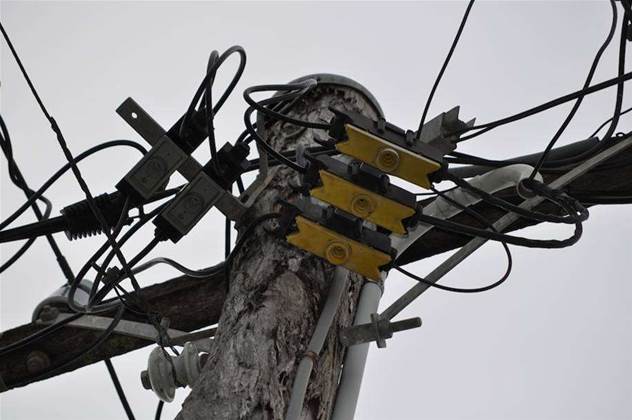Lobby group Cables Downunder has warned of "Optus-style demonstrations" by residents angry at a Federal Government proposal to relax rules governing overhead cable rollouts ahead of the National Broadband Network.

President Peter Downey said that proposed changes to a determination on low impact facilities threatened community safeguards put in place after a landmark 1998 report into burying cables.
"After the report [by the Putting Cables Underground working group] was written there were certain safeguards in the form of regulations and changes to the [Telecommunications] Act, which meant that you couldn't put up a cable bigger than 13mm in diameter," Downey said.
"You had to lodge a DA (development application) with the council and maybe even the state government would come into it. Those regulations were put in there to safeguard the community and the environment."
The Government has proposed changes that would expand the maximum width of distribution cabling strung on existing poles from 13mm to 30mm.
The new rules would also allow a drop cable from the street to a house of up to 13mm in diameter to be installed by NBN Co.
"These dimensions would enable the aerial deployment, where necessary, of the largest diameter optical fibre cable that might be used, in exceptional circumstances, as part of the NBN rollout or any comparable network," the Government said in its discussion paper [pdf].
"However... it is important to note that the largest diameter cable typically deployed is expected to be much less than this diameter (for example, a 144 fibre cable is around 15mm in diameter) and optical fibre cabling of lesser diameters will be used in different parts of the network."
Downey said that the discrepancy between the maximum allowable cable size and the Government's expectation of the size to be deployed was "smoke and mirrors".
He branded the proposal "draconian" and expected his group's members would mobilise to fight overhead cable rollouts by NBN Co in much the same fashion as they fought Optus' hybrid fibre coaxial (HFC) cable rollout in the 1990s.
"In the early 1990s when Optus were madly running around stringing up their cable, our people started demonstrating and, as a result of those demonstrations, they decided they needed a formal organisation, so that's how we were formed," Downey said of Cables Downunder, formerly Sydney Cables Downunder.
The group rose to prominence in 2009 after it reported receiving threats from angry residents that they would tear down any NBN cables hung overhead in their streets.
NBN Co has since signed an agreement with Telstra to use the telco's existing infrastructure, dark fibre and conduits in hopes of minimising the proportion of fibre cables hung overhead.
However, in areas where Telstra infrastructure isn't as developed, such as some Tasmanian sites, aerial cables are still expected.
"We're expecting there will be Optus style demonstrations [to NBN rollouts]," Downey said. "I'm pretty sure of it."
The lobby group had long campaigned for telecommunications cables to be buried underground in the same trenches as electricity wires.


.png&h=140&w=231&c=1&s=0)

_(22).jpg&h=140&w=231&c=1&s=0)
_(20).jpg&h=140&w=231&c=1&s=0)



_(26).jpg&w=100&c=1&s=0)

 iTnews Executive Retreat - Security Leaders Edition
iTnews Executive Retreat - Security Leaders Edition












_(1).jpg&h=140&w=231&c=1&s=0)



